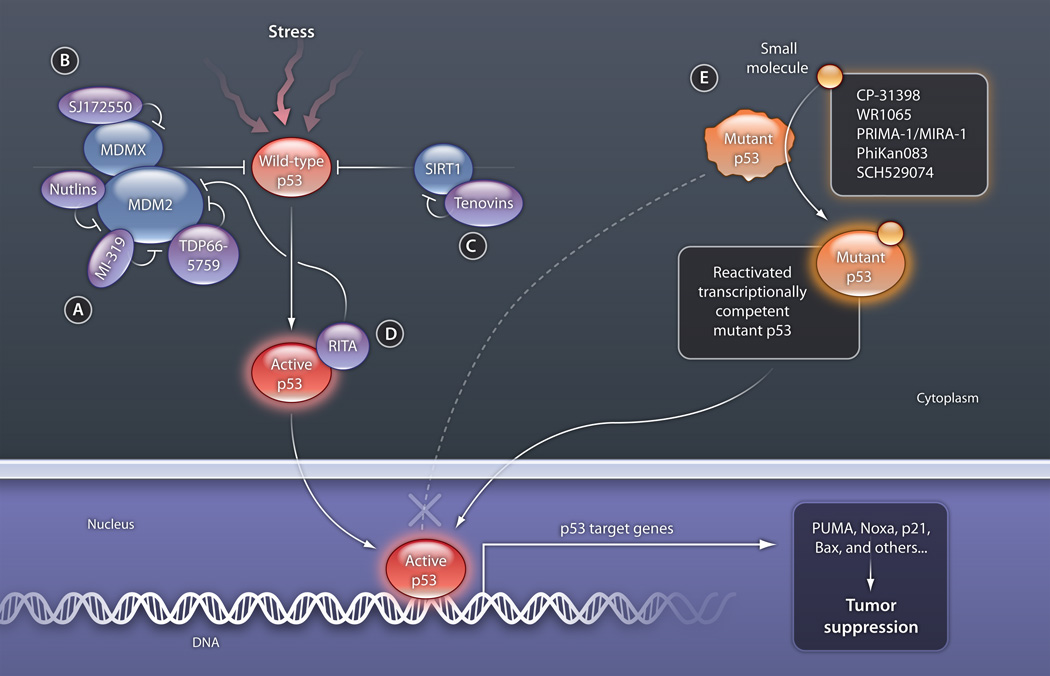Fig 1. Modulating the p53 pathway with small molecules.
Wild-type p53 is activated by a variety of stressors, including DNA damage, oncogene expression, nutrient starvation, oxidative stress, and depletion of ribonucleotide triphosphates (used in RNA synthesis). (A) Small molecules that target MDM2 and block p53 binding stabilize p53. (B) SJ172550 targets the p53 binding pocket of MDMX, also promoting p53 stabilization. (C) Tenovin-6 inhibits the protein deacetylase activity of SIRT. Acetylation results in the stabilization of p53 and interferes with MDM2-mediated degradation. (D) RITA binds to p53 and interferes with the interaction of MDM2 and p53, activating p53 function. (E) Small molecules designed to bind transcriptionally inert mutant p53 proteins stabilize the core domain, restore the native state, and eventually enable binding to DNA.
CREDIT: C. BICKEL/SCIENCE TRANSLATIONAL MEDICINE

